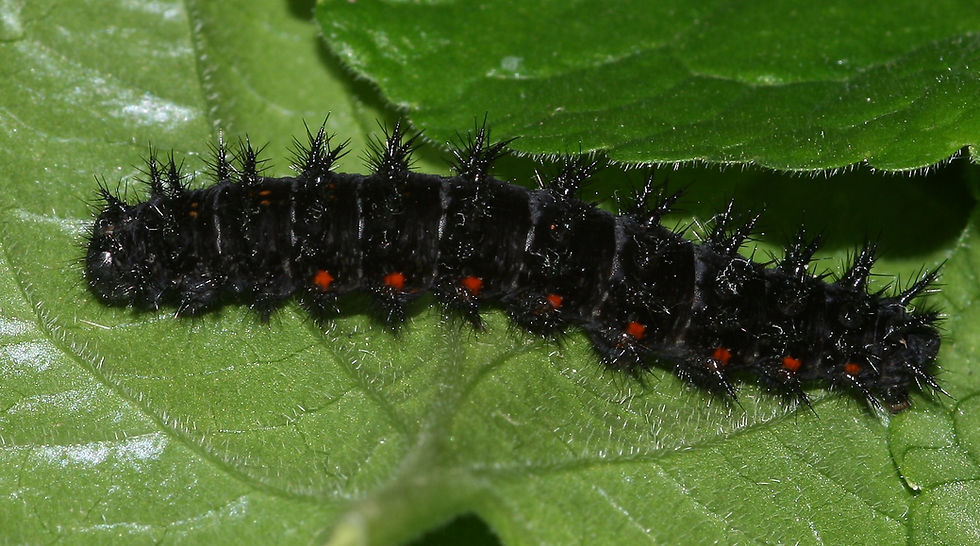
Dark Green Fritillary
(Argynnis Aglaja)
A large, orange butterfly, the Argynnis Aglaja is one of Britain's most widely distributed Fritillaries, getting its common name from the olive-green colour suffused between the silver spots on the underside of the wings. Very similar in appearance, particularly the males, to the much rarer High Brown Fritillary. Distinguishing the two species can be difficult as in some areas, specifically Morecambe Bay, Dartmoor and the Welsh borders, both can be seen flying together, the latter however, has an extra row of orange-ringed ‘pearls’ on the underside of the hindwing. This feature is clearly visible when the butterfly is at rest or feeding with wings close on a nectar source.
Despite being so widespread, the Dark Green Fritillary has not escaped the declines that have faced many of our native species over the last century, particularly in recent years it has declined in many areas, notably Central and Eastern England.





30-05-15 - Dorset

Pupa (Chrysalis):
Larva (Caterpillar): Larvae feed on the leaves of Violets, in particular the leaves of the Common Dog Violet (Viola riviniana) and Heath Dog Violet (Viola canina).










Taken on June 16, 2010 in Perthshire, Scotland

Taken on June 8, 2012







Ovum (Egg):

Taken on June 24, 2011

Taken on June 20, 2014 (Buckinghamshire)


Taken on July 12, 2011 in Cumbria

Taken on July 21, 2012 in South Yorkshire

Taken on July 21, 2012 in South Yorkshire

Tatty specimen - Taken on August 11, 2013 (Martin Down, Hampshire)






Taken on June 21, 2011

Imago (Adult):

Taken on July 3, 2012
Unclassified Aberrations:

Scout Scar Cumbria 2 July 2009 © Tim Melling
Copulation:
Habitat
This species can be found in a range of flower-rich grasslands where areas of scrub are usually present. These habitats include: coastal grassland, dunes and scrub; chalk and limestone grassland; moorland and wet flushes; acid grassland with bracken; and occasionally woodland rides and clearings.
Adults are on the wing throughout the summer from June to early September.
Wingspan: 5.8-6.8cm (58-68mm)
